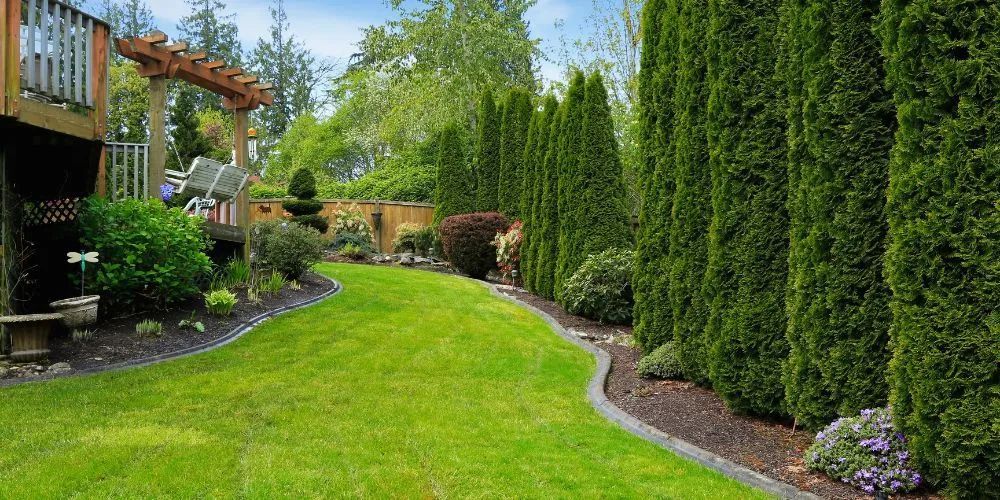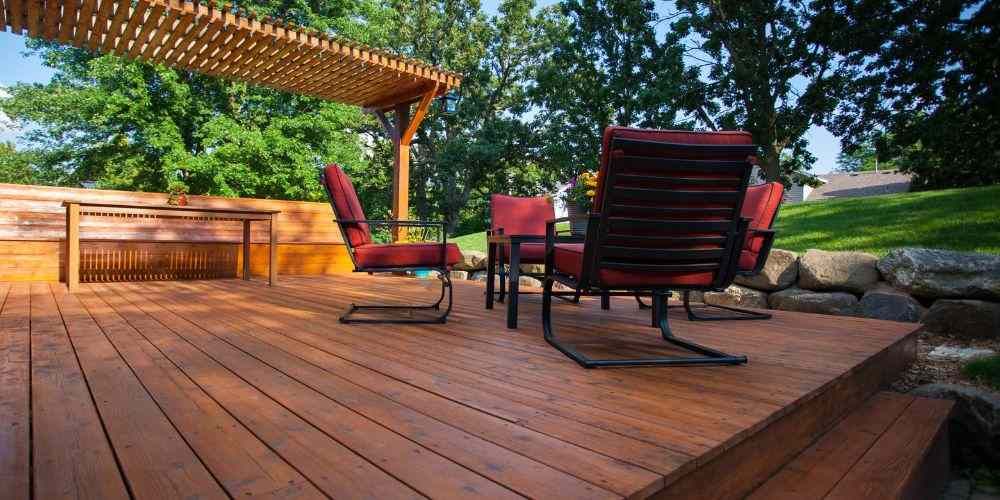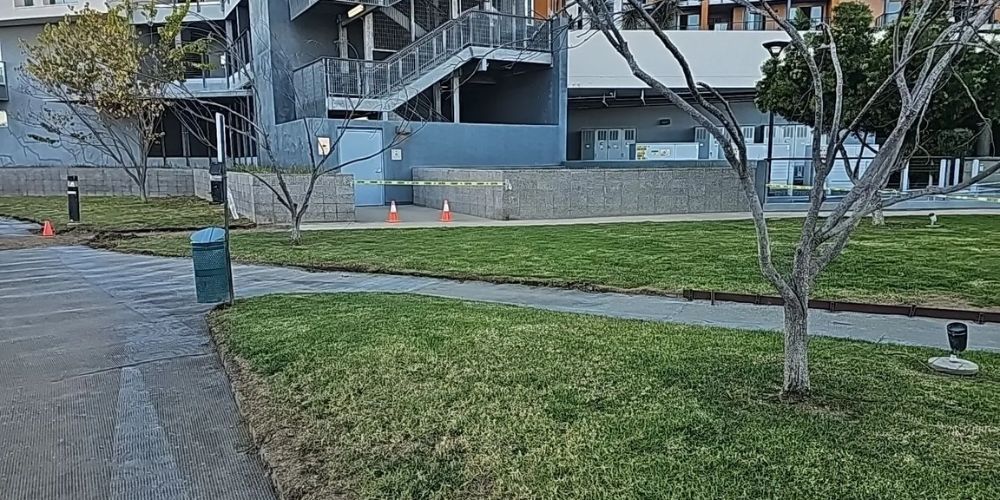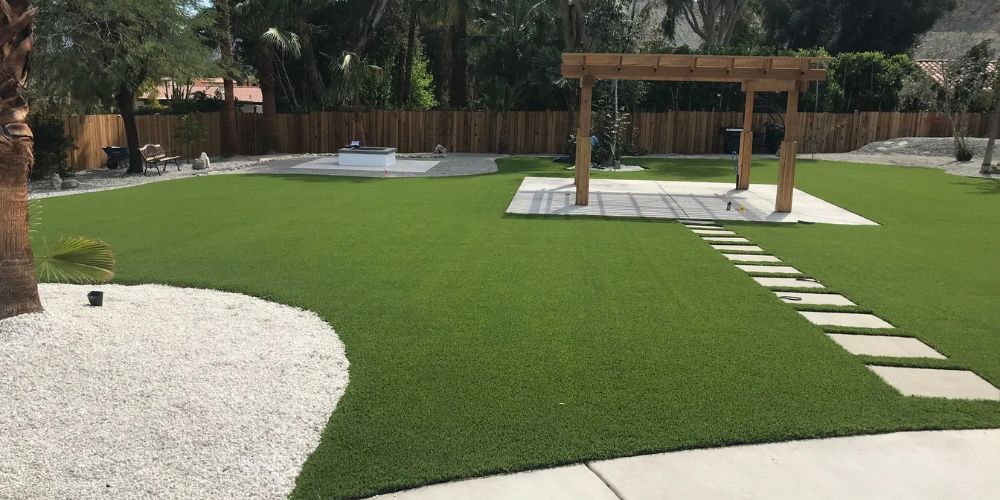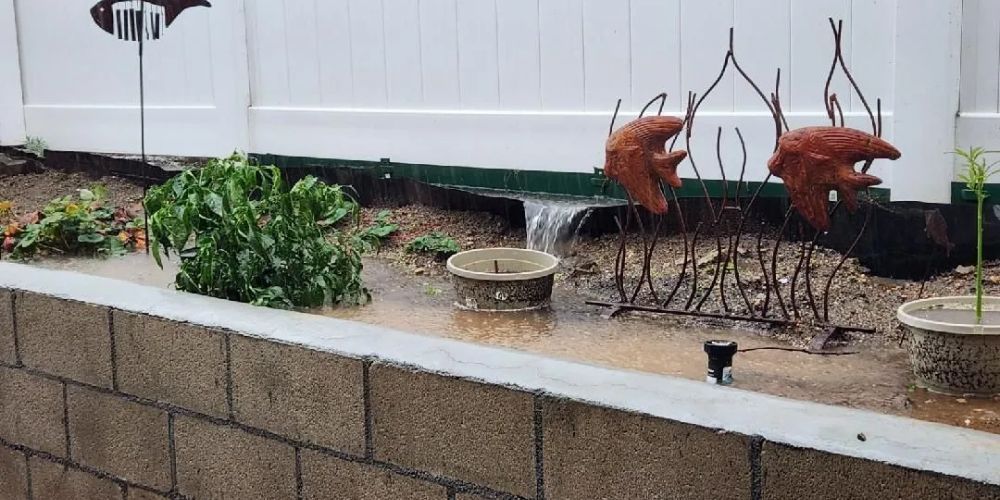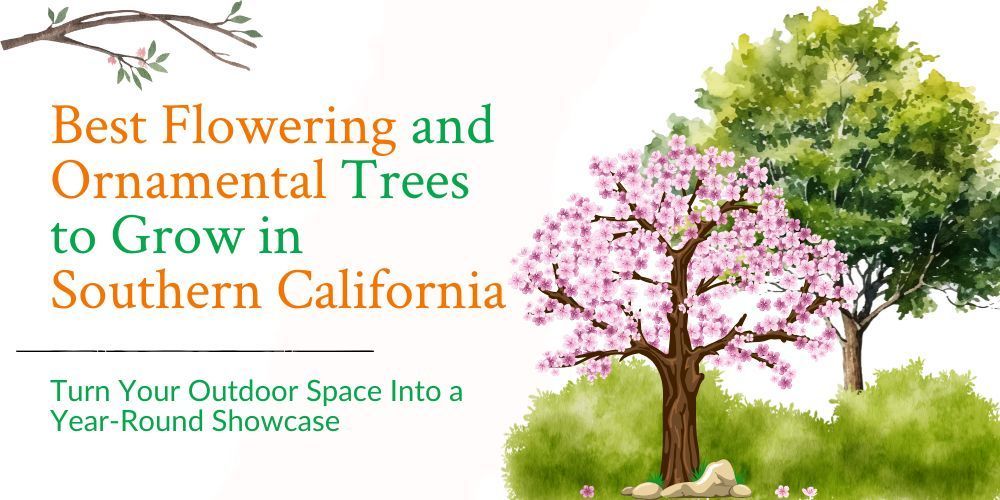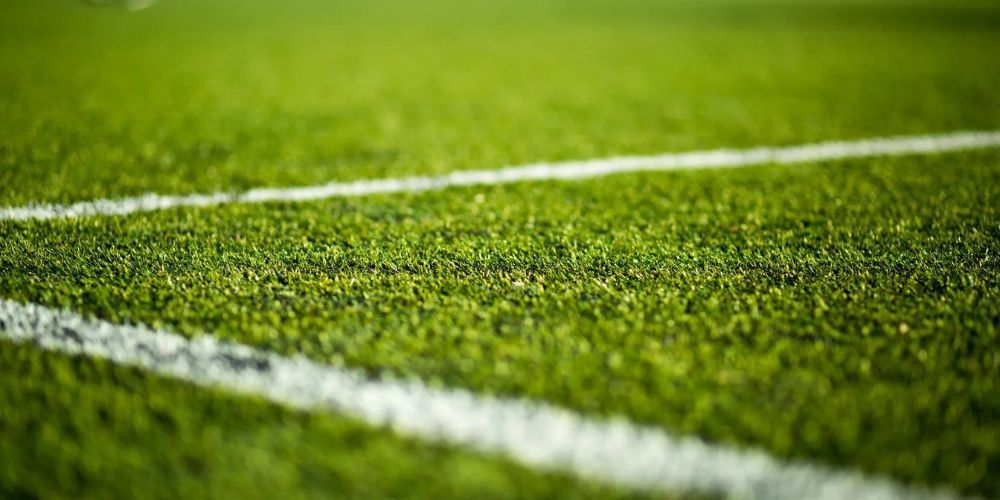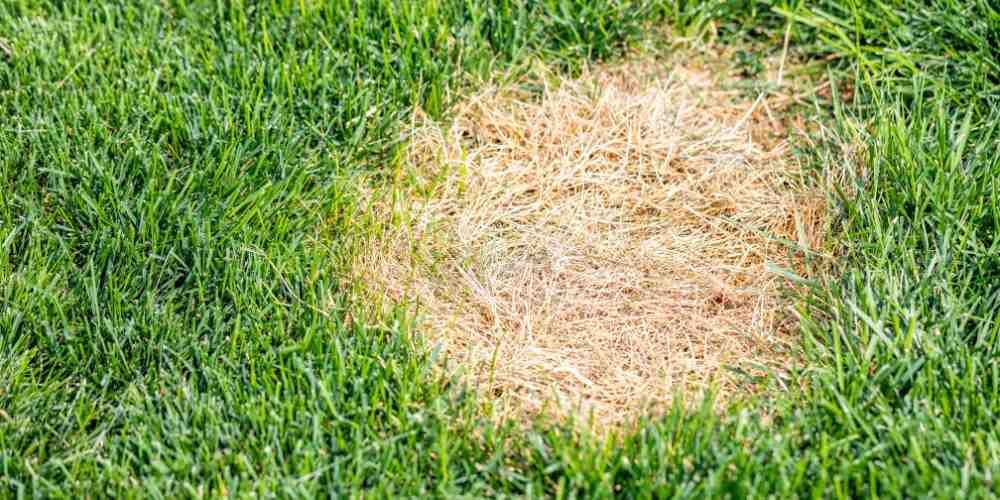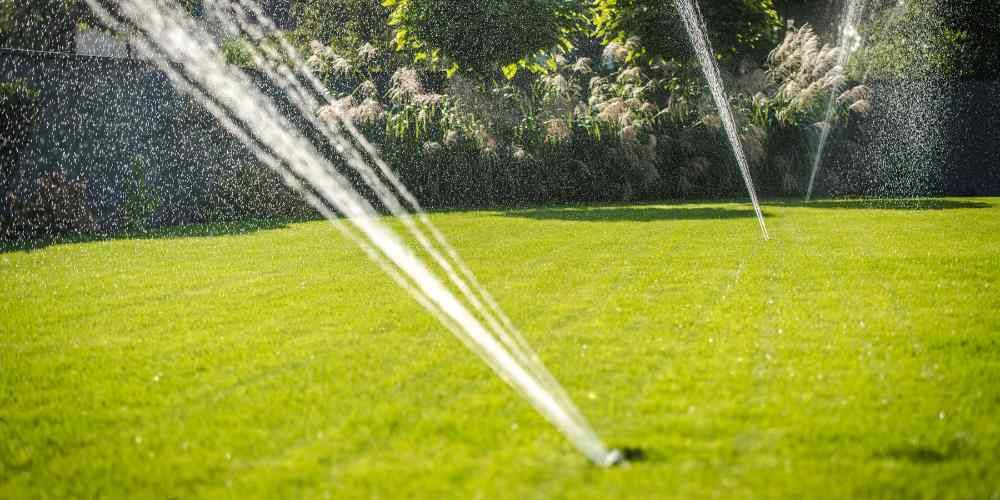What Are The Most Affordable Landscaping Materials?
Creating a pleasant and functional outdoor retreat through landscaping does not require significant funds. Affordable materials provided by local landscapers and hardscape landscapers allow you to improve your outdoor area without spending more than you planned.
Local landscapers and hardscape landscapers support customers by suggesting affordable solutions that maintain durability and a pleasing appearance.
Top Choices for Affordable Landscaping Materials
The selection of outdoor living space materials determines how your space will look, its care requirements, and price affordability levels. A combination of inexpensive landscaping materials is best achieved through leaves and pine needles, along with durable options like gravel and composite decking.
Shredded Leaves - A Colorful Option
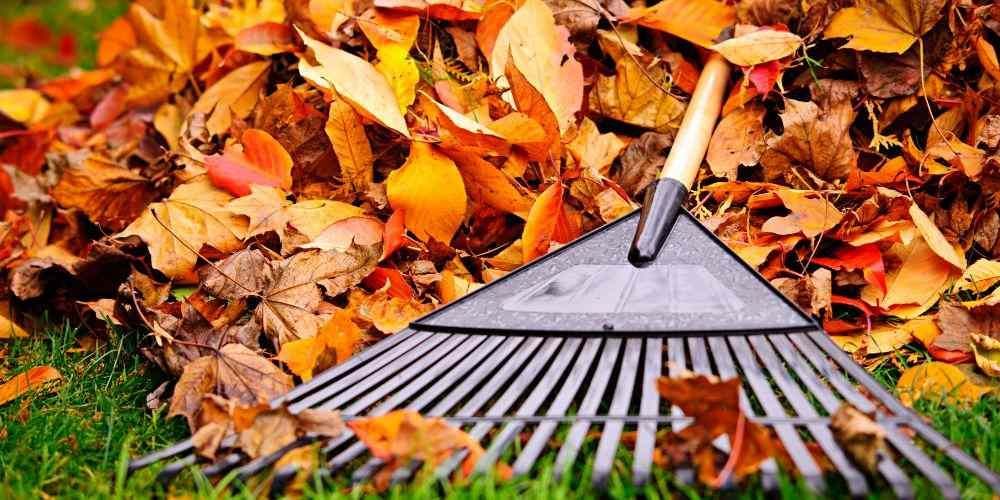
Spilled leaves deserve preservation because they can be easily shredded with a mower or leaf shredder before being used to decorate flower beds, pathways, and vegetable gardens. Shredded leaves create beautiful autumn color patterns in your landscape, and they later decompose to enrich your soil with the necessary nutrients.
Local landscapers often recommend leaf mulching as an environmentally conscious gardening method. This method helps homeowners save money on buying commercial mulch.
Go with a Gravel Path
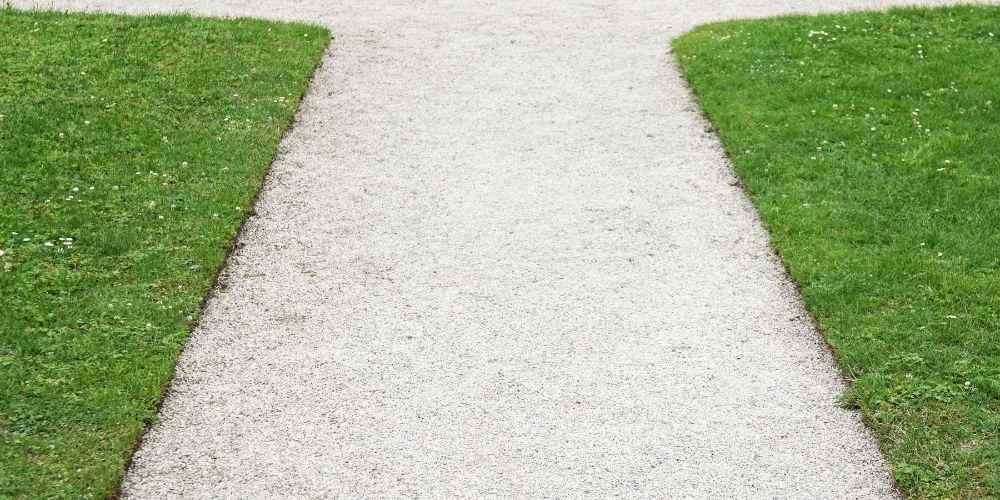
Different sizes and colors of gravel, along with various textures, make this material suitable for any landscaping project. The most popular gravel choices on the market include pea gravel, crushed stone, and decomposed granite. Gravel provides durable surfaces that drain well and fight weeds when landscape fabric is used along with it.
The landscape material presents cost efficiency in addition to these benefits. Professional hardscape landscapers utilize gravel for walkways, patios, and driveways since it presents an affordable solution to concrete-based construction.
Also Read: Exploring Different Hardscaping Materials for Your Outdoor Space
Pine Needles & Cones
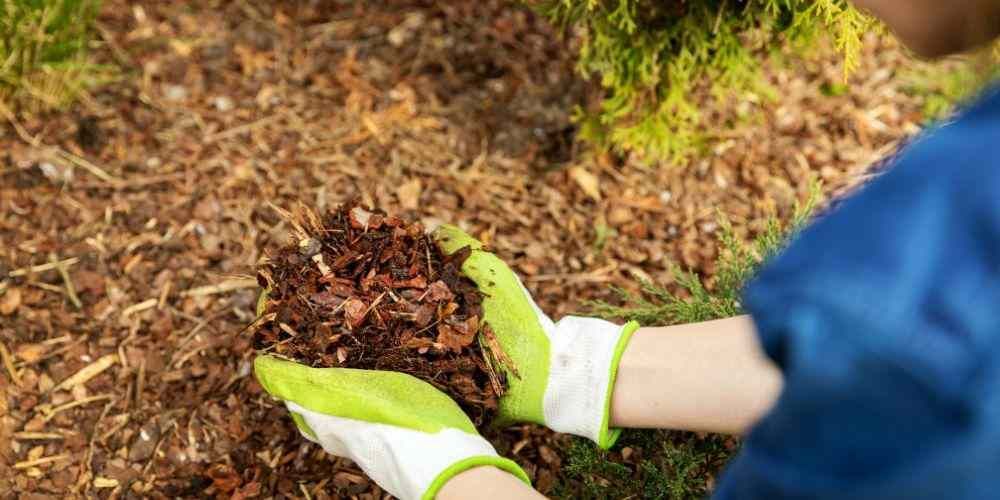
The property owners who have pine trees automatically have free access to two natural landscaping materials: pine needles and pine cones. Pine needles function perfectly as ground covering material for flower beds along with shrubs and tree bases. These elements secure moisture content while stopping soil from sliding away, plus they create formal and neat garden aesthetics.
Sand - Bring the Beach to Your Backyard!
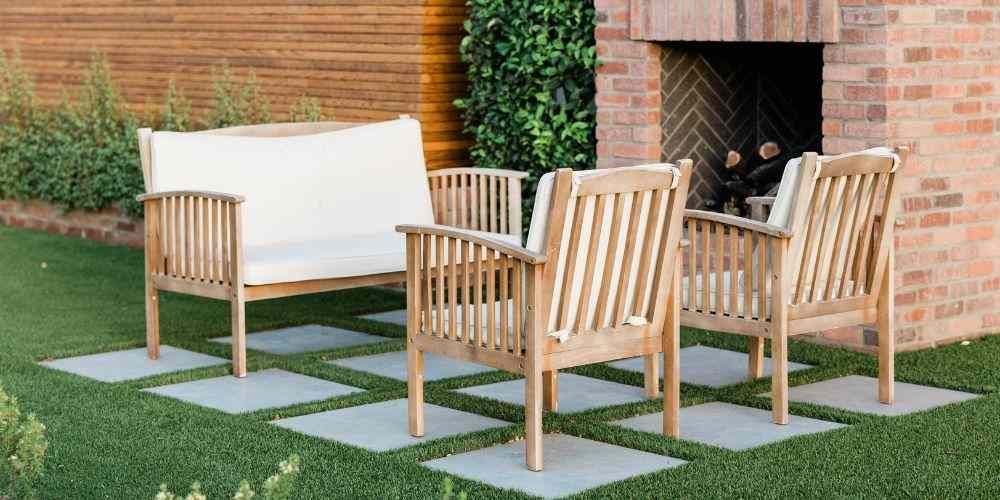
Sand is perfect for maintaining the beauty of paved areas because it functions well as a gap filler between pavers or stepping stone supports. This material needs little care, and its drainage abilities make it the best choice for outside areas that require proper water movement. When hired by hardscape landscapers, combining sand with materials like gravel or stone becomes an affordable way to create beautiful designs.
Add the Comforts of Home

Landscaping services incorporate visual elements like plants and pathways because they produce functional outdoor areas that accommodate relaxation and entertainment activities. Rustic outdoor furniture features benches, tables, and fire pits made from wooden pallets, old bricks, and salvaged stones
Your outdoor area will effectively welcome guests because personal touches like hand-made garden decorations or recycled stepping stones, along with string lights, require a low-budget investment in a hardscape material in the landscape. A few innovative ideas will help you build an inviting space that adds charm to your home exterior.
Composite Decking
Composite decking provides an economical solution for patio or deck improvement that competes favorably with wood materials. The initial cost of wooden decks remains high, whereas composite decks prove economical since they demand little care and last longer.
Composite decking combines wood fibers with plastic to create a material that deflects rotting, infections, mold, and insect attacks. It also delivers decorative wood appearances without any staining, sealing, or repair work.
Mulch - Don't Write Off the Traditional!
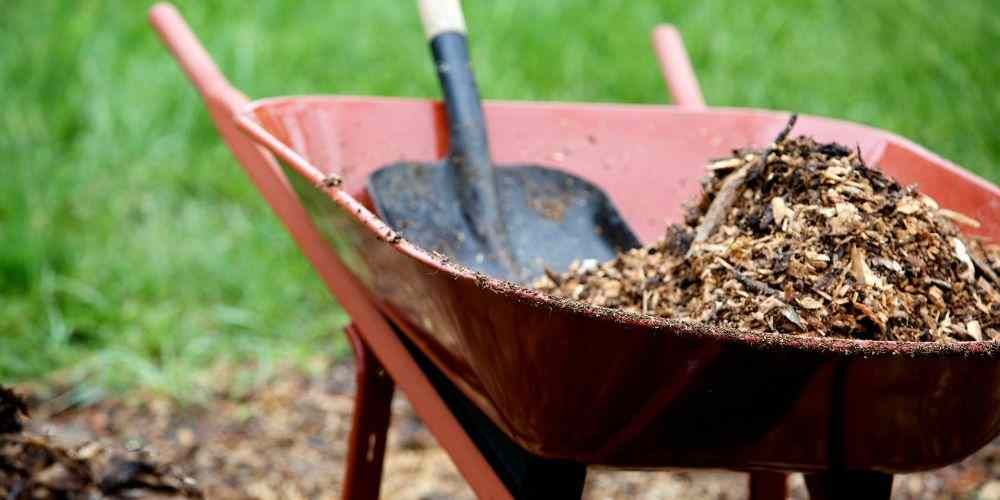
Hardscape landscaping professionals recommend buying bulk mulch from nearby suppliers because the cost per unit is lower than shopping at home improvement stores for bagged mulch.
People who live in certain municipalities can obtain low-cost or free mulch from their tree waste recycling programs. It beautifies the space while retaining soil moisture, suppressing weeds, and controlling soil temperature.
Conclusion
Landscaping uses materials such as shredded leaves, gravel, pine needles, sand, composite decking, and mulch to produce budget-friendly beauty. LandTech Scenery's expert services include both hardscape materials and affordable solutions for outdoor living spaces. The expert local landscapers at LandTech Scenery will benefit your yard transformation.
